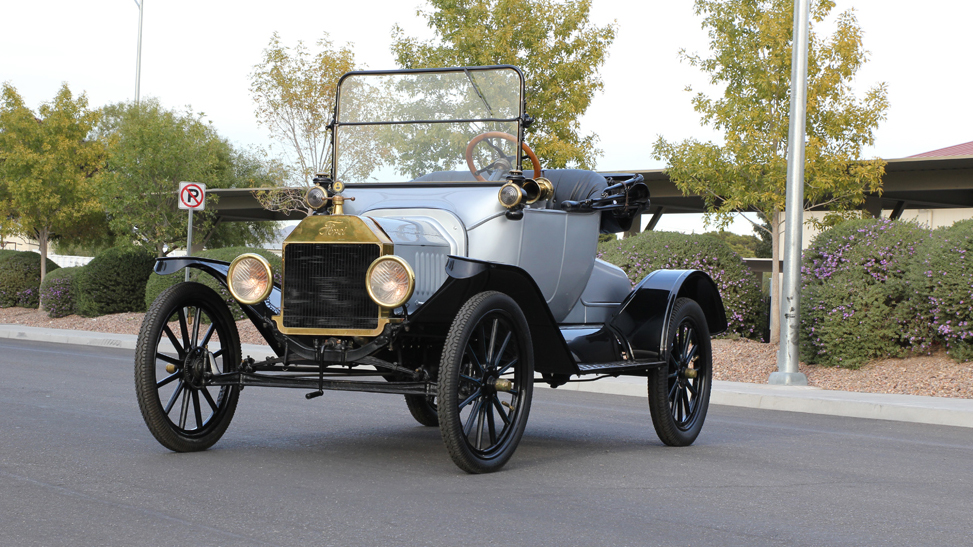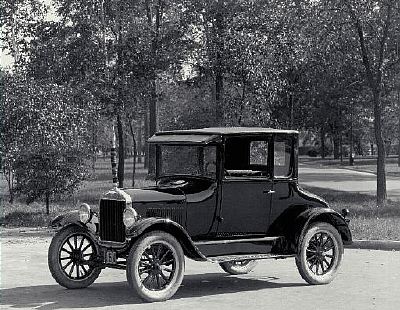The myth surrounding the car that's credited with putting America on wheels simply isn't true: the Ford Model T was never meant to run fuels other than gasoline.
The myth has circulated throughout the car's history, most recently thanks to the internet.
It has mostly taken the form of a legend in which Henry Ford supposedly included a switch on the dashboard of the Model T to facilitate switching from gasoline to ethanol.
DON'T MISS: The 12 most influential green cars in history
Even those old-timers who have owned a Model T will likely rattle off a laundry list of fuels used, but Hemmings Motor News has utterly debunked the myth once and for all.
After a bit of research, it turns out there is no conclusive evidence to affirm the Model T was meant to run on such fuels as ethanol or kerosene.
While it sounds possible, since Ford had the agricultural community in mind when producing the Model T, not a single carburetor incorporated into the Model T was intended to offer alternative-fuel capacity.

1915 Ford Model T from the Rogers' Classic Car Museum collection
Specifically, 13 different carburetors from four different manufacturers were used.
Not once is there a mention of a switch or secondary fuel tank to feed any of the carburetors.
A physical examination of a Model T also turns up no evidence of said switch or second fuel tanks.
READ THIS: UPS to spend $90 million more on natural-gas vehicles, fueling stations
However, some will say the needle valve adjustment for the carburetor is the ticket to run an alternative fuel.
This is also not the case, since the Model T's manual specifically states that the adjustment is actually for the air-fuel ratio.
However, just because the Model T was never designed to run alternative fuels doesn't mean it isn't capable of doing just that.

1926 Ford Model T
Thanks to its incredibly low compression ratio, virtually any liquid hydrocarbon will likely keep the Model T moving.
At a time when oil companies sometimes diluted rare gasoline with kerosene to keep up with surging demand, that low compression ratio was a much-needed tool to combat varying quality of gas.
Much like battery-electric cars in modern times, the Model T was challenged by a lack of fueling infrastructure, likely which led to some of the myths in the first place.
CHECK OUT: Tesla Model S Electric Car Versus ... Ford Model T? A History Lesson
As influential as it was, though, there's simply no evidence to suggest it was meant to consume anything other than gasoline.
Consider the myth officially debunked.
_______________________________________
Follow GreenCarReports on Facebook and Twitter.












